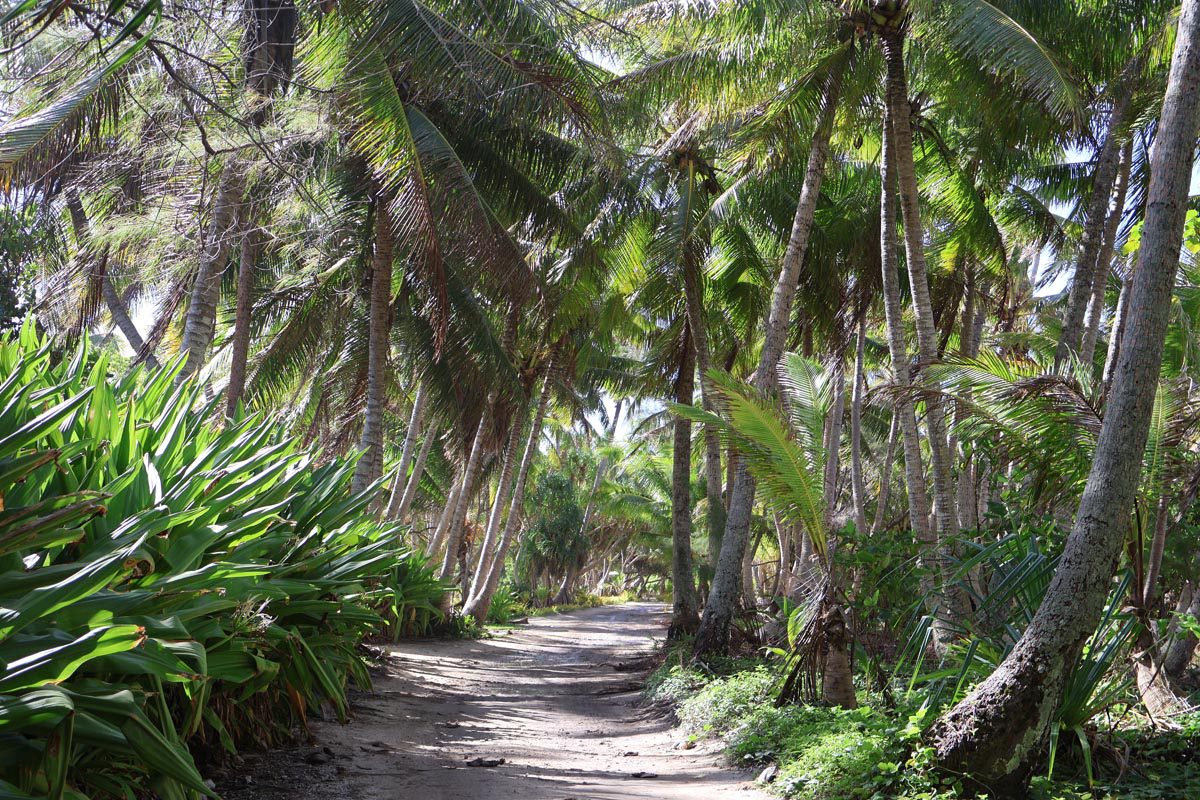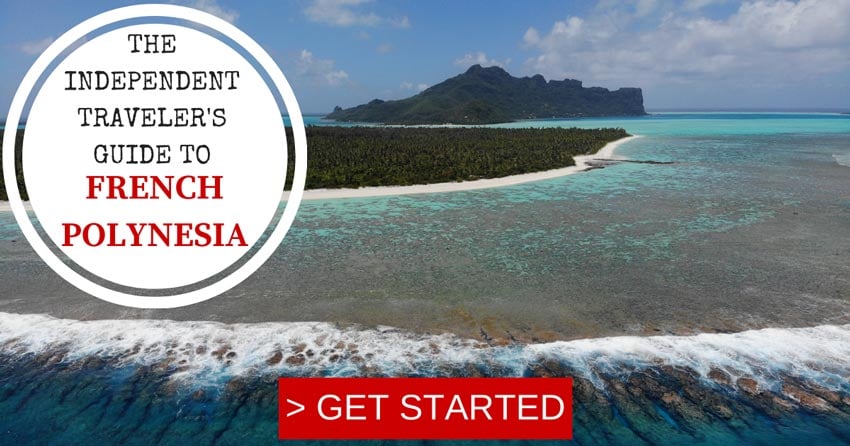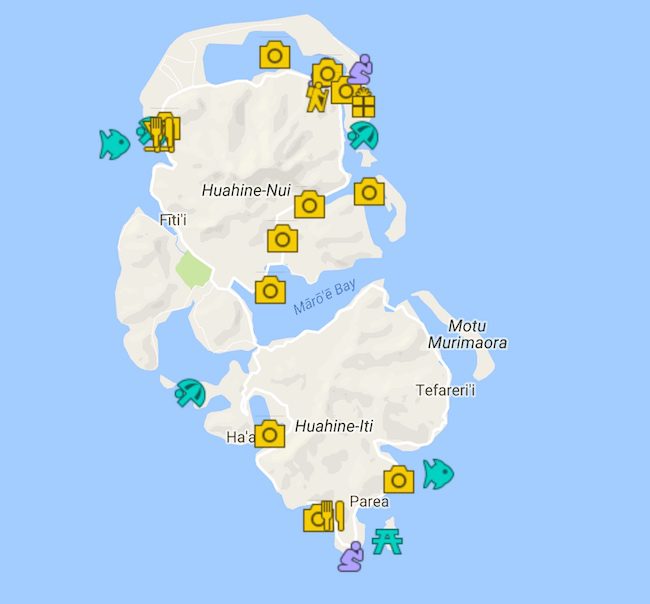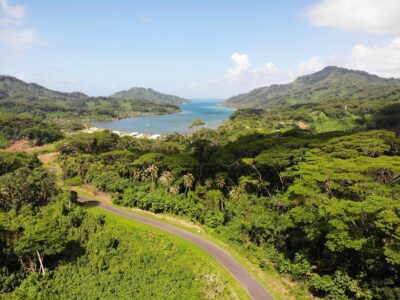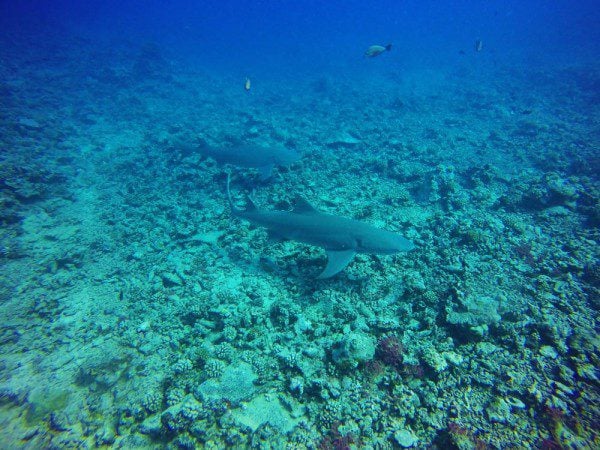4 Days In Huahine Itinerary
One of French Polynesia’s best kept secrets is one of those places that’ll make you believe in paradise. Huahine is an island where time ticks by slowly, where emerald bays open up to a pristine lagoon and where ancient Polynesian temples create an ‘open air museum’. Known locally as ‘the Garden of Eden’, take your time to slowly explore the lush island. Here’s a sample 4 days in Huahine itinerary which combines a bit of relaxing with a whole lot of discovery!
Heading to French Polynesia? In-depth island guides to all 5 archipelagos await you, including sample itineraries and essential travel tips & tricks.
Tahiti, Tailor Made!
The Islands of Tahiti are among the last places to be colonized by mankind, 118 islands, each with its unique personality.
Get expert advice and assistance with planning your trip to the destination where tropical dreams come true!
Huahine Itinerary Map
All places featured in this Huahine itinerary can be found on this map. Simply click on the image to open in Google Maps:
Day 1: Exploring Fare & Relaxing On The Beach
Spend your first day in Huahine in and around the main village of Fare, and experience local life in Huahine. Alternatively, book a scuba dive outing with Mahana Dive or Pacific Blue Adventure. You can also hire a local guide and explore the far side of Huahine, though we’ll road trip there on day three.
‘Downtown’ Fare
Laid Back Huahine has one town, and though there’s nothing special about it, it’s one of the most charming towns in the South Pacific. Fare has everything you could possibly need for your vacation in paradise while saving a few tricks up its sleeve. Stroll along ‘main street’ in the morning hours and watch locals arrive on tiny speedboats from the neighboring villages. They might be after some gasoline, some grocery shopping, or maybe just catching up with friends.
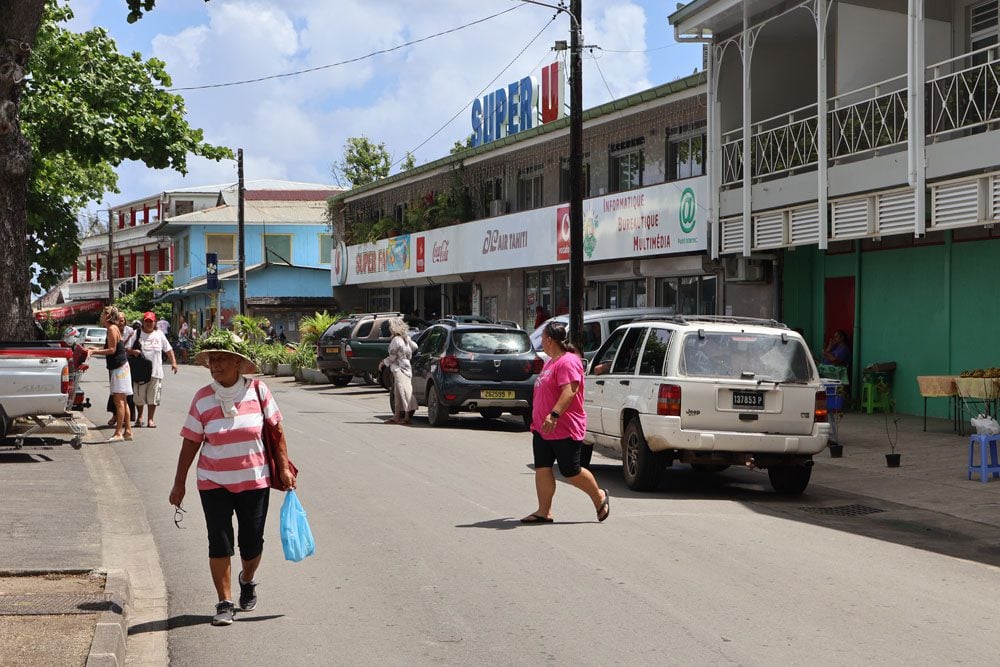
Mornings are also the best time to stock up on fresh fruits and vegetables and a packed lunch for the day. Locals set up stalls along the main road, selling fresh produce from their farms out in the lush valleys.
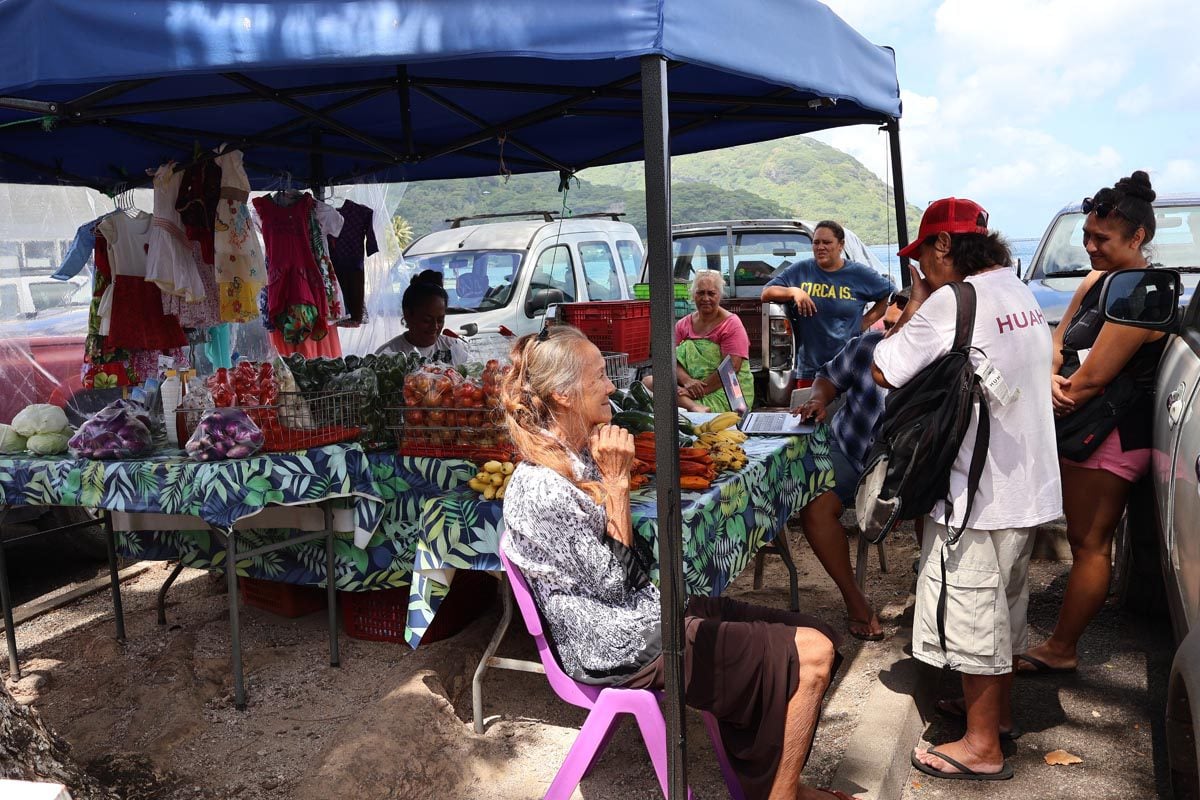
How’s Your Sense Of Imagination?
Fare is the place to put a local legend to the test. The story goes that Huahine is named after the Tahitian word for woman – vahine. Look across the lagoon at the rolling hills and spot the pregnant woman lying on her back. It took me a full week to ‘get it’ so here’s a little help.
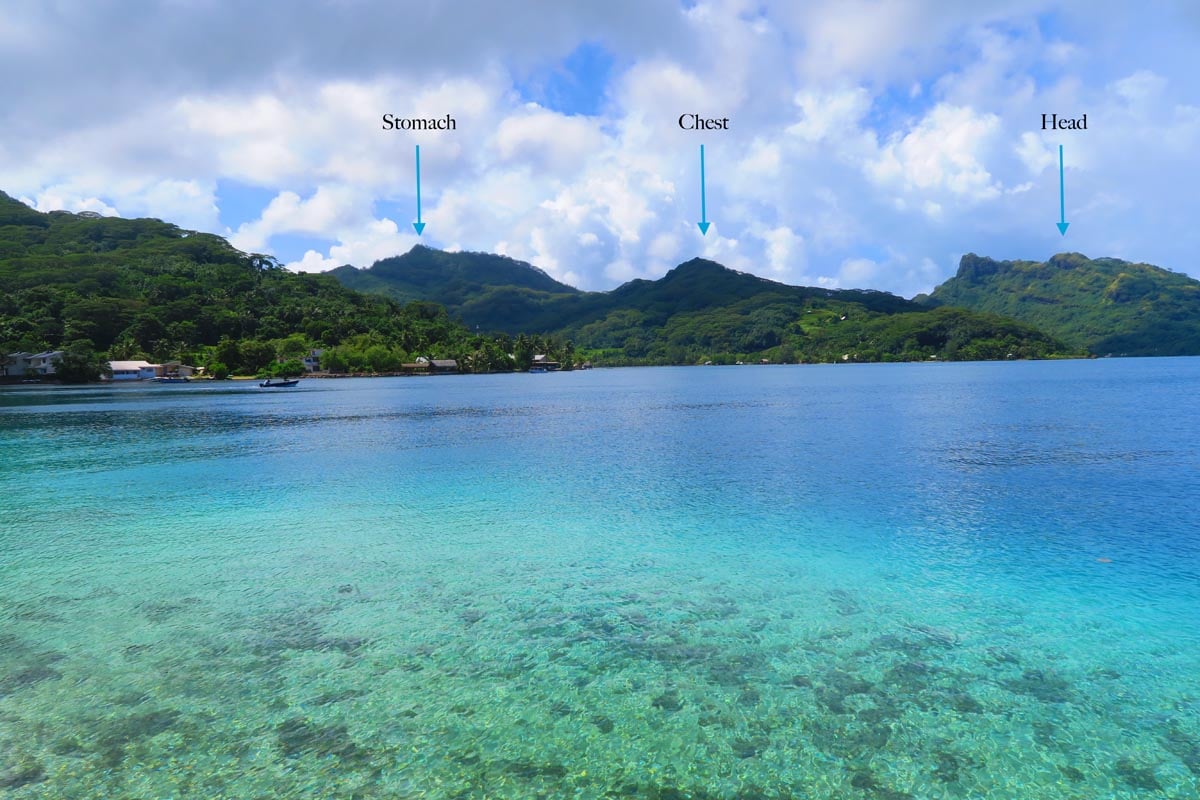
Fare’s Public Beach
Fare just happens to have a lovely stretch of white sand just walking distance from the center of town. Lay down your sarong (pareo) and cool off in the calm lagoon when it gets too hot outside. Snorkeling is not bad either but be prepared to do a bit of freediving as the water gets quite deep quite fast.
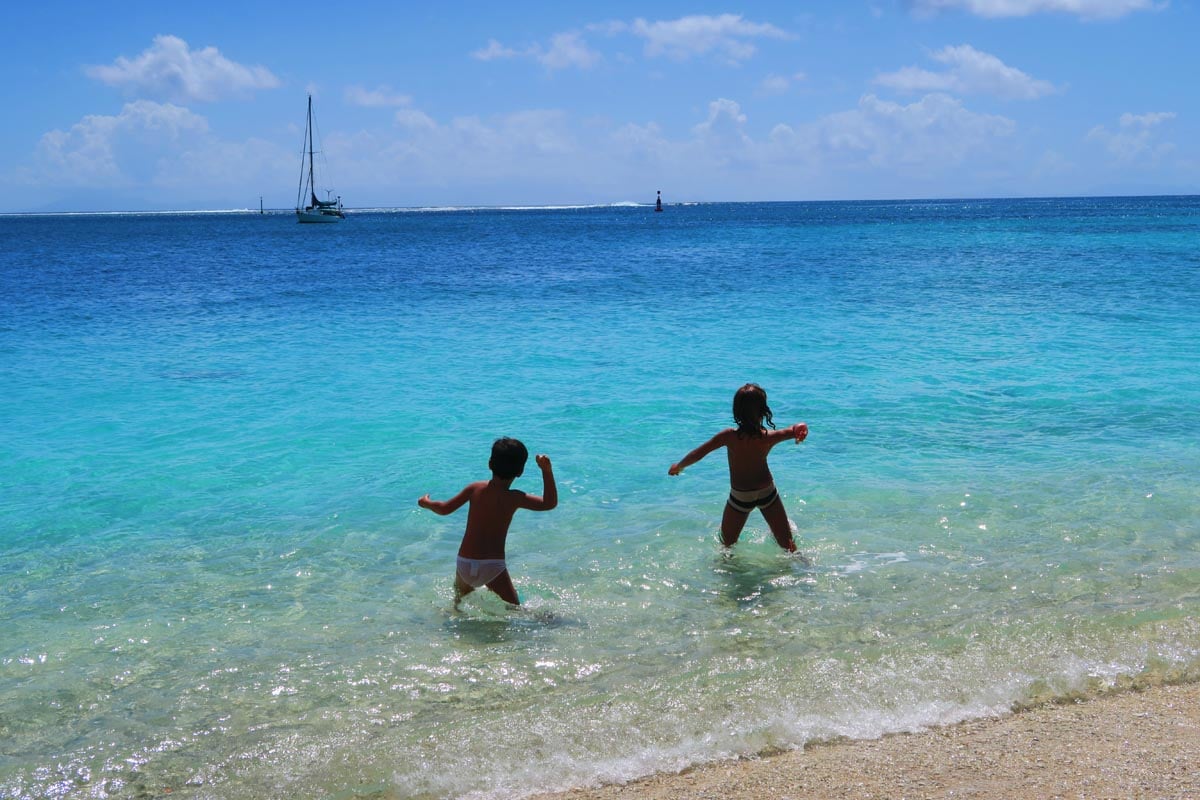
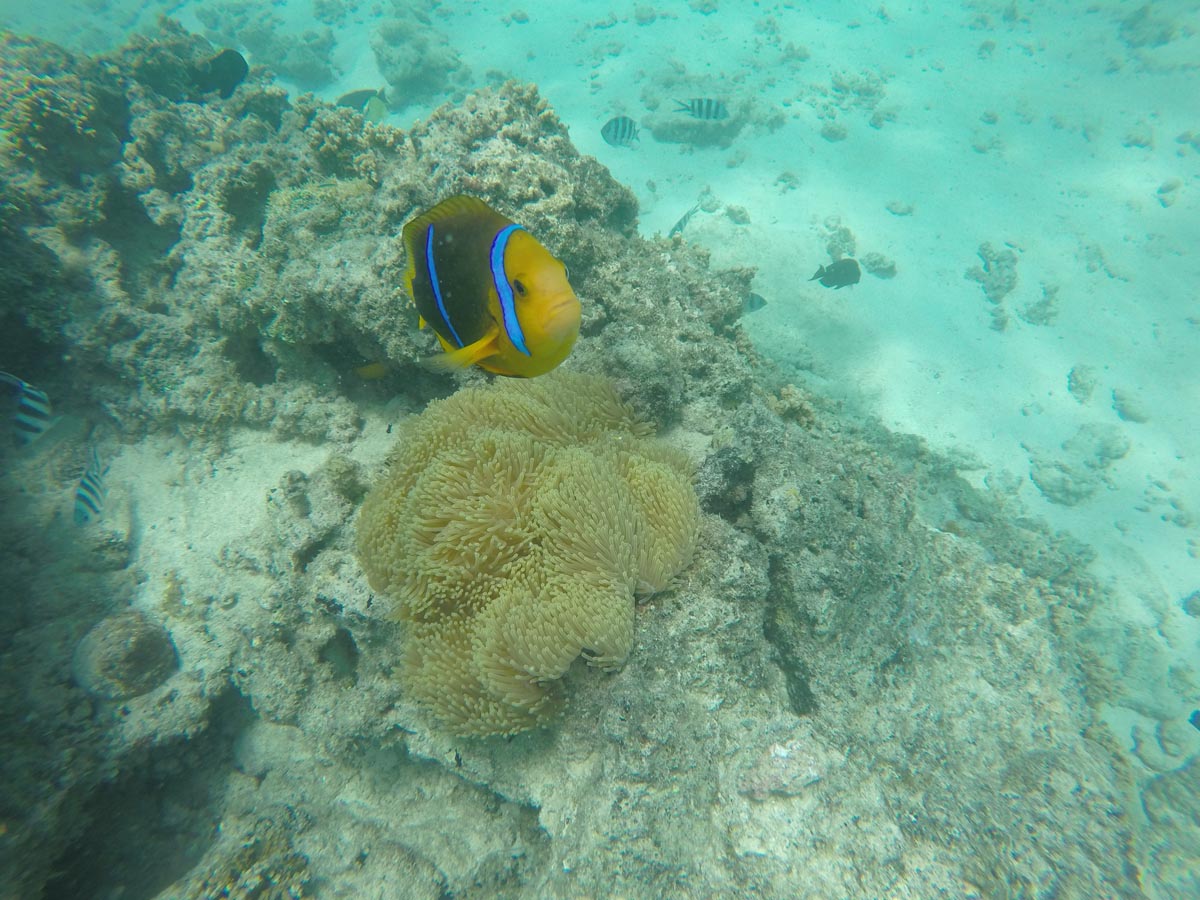
Sunset Drinks
A proper bar in Huahine? No Way! After a relaxing nap and a light lunch, head over to the Huahine Yacht Club to watch the sunset with a cocktail in your hand. Happy hour runs from 5:30-6:30, and there’s even live music on Fridays. Families, backpackers, couples, and yachties are all welcome here. If you feel like having a proper dinner, make some reservations but if not – grab your drink and shoot some pool when the sun goes down.
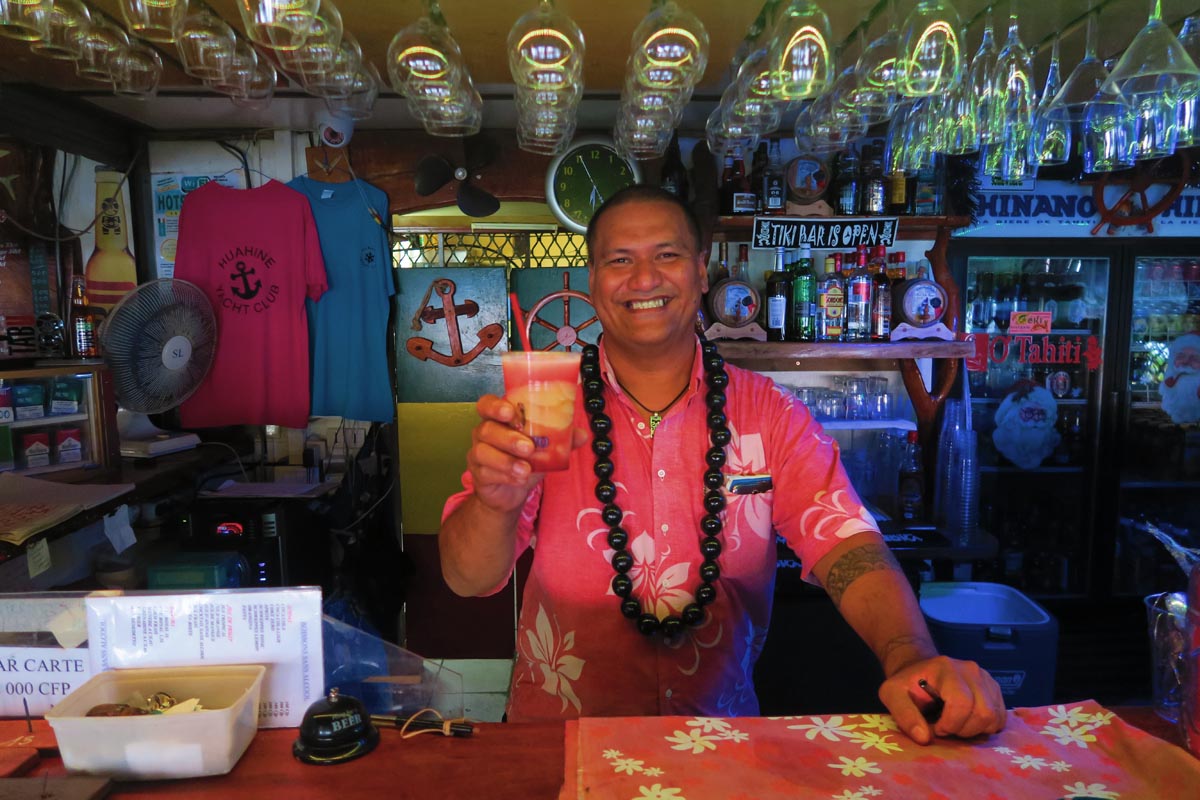
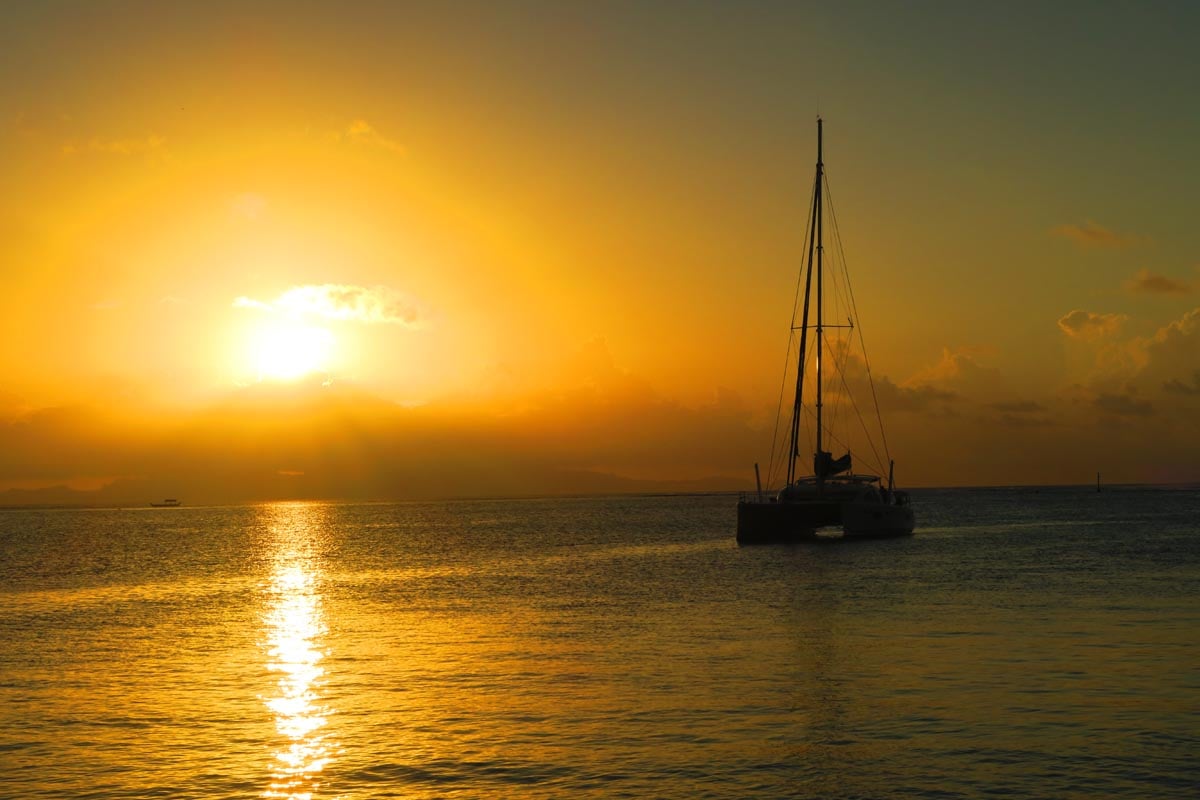
Dinner
Fare boasts several good dinner options. On the casual front, If you opted out of dinner at the yacht club, head back to the center of town and pick your favorite roulotte. These legendary food trucks are found throughout larger towns in French Polynesia (with the best selection in Papeete). From chow mein to the ‘national’ dish of French Polynesia – the poisson cru, grab a plastic seat by a plastic table and enjoy large portions at reasonable prices. How do you know which one is the best? Just look for the locals…
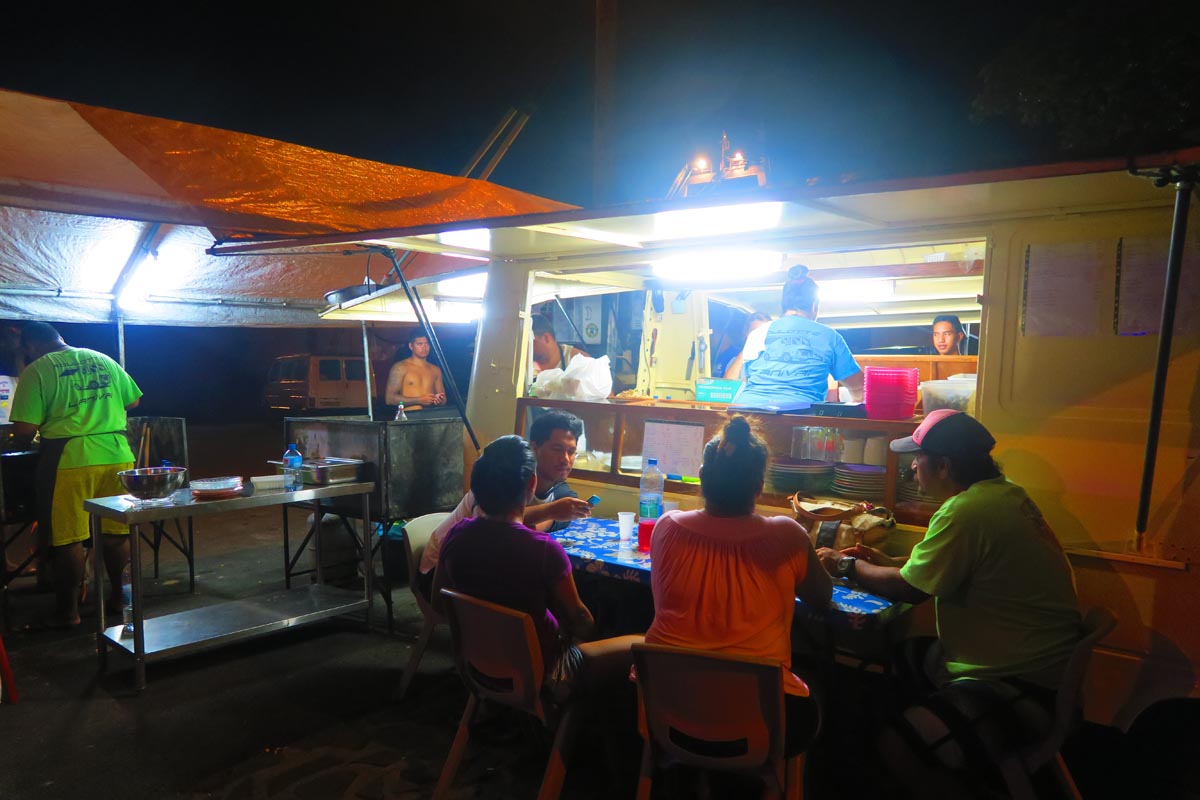
For something more “upscale” stick around the Huahine Yacht Club for a proper meal, or head next door to the Maitai Lapita Village. Reservations for both are highly recommended.
Check if any special themed dinners will take place at the Maitai Lapita Village and make reservations accordingly.
Dance With the Stars for Dessert
How shall you finish off this first day in Huahine? With some stargazing of course! Were you expecting a nightclub?
Day 2: Ancient Marae Walk & ‘The Coral City’
On day two of this Huahine itinerary, you’ll need a set of wheels for at least half the day. A bicycle will do since the ride will be on flat terrain. You should even be able to rent electric bicycles from suppliers in or around Fare (have a look at the Huahine Travel Guide for more info on getting around Huahine).
The goal of this day is to explore the Lake Maeva region and Motu Ovarei, interesting parts of Huahine that are relatively close to Fare. Guided island tours visit some of the sites we’ll explore on this day, but not all, and not in a relaxing pace.
(1) This is an excellent day for a picnic lunch. Buy something in Fare’s supermarket or takeaway stalls before heading out and don’t forget to bring plenty of water. (2) Dress comfortably for a short hike and pack beach gear (including snorkeling gear).
Lake Maeva
Head south of Fare along the shores of Lake Fauna Nui, a.k.a. Lake Maeva. This isn’t actually a lake, but since it’s almost completely enclosed by Motu Ovarei – the name just stuck.
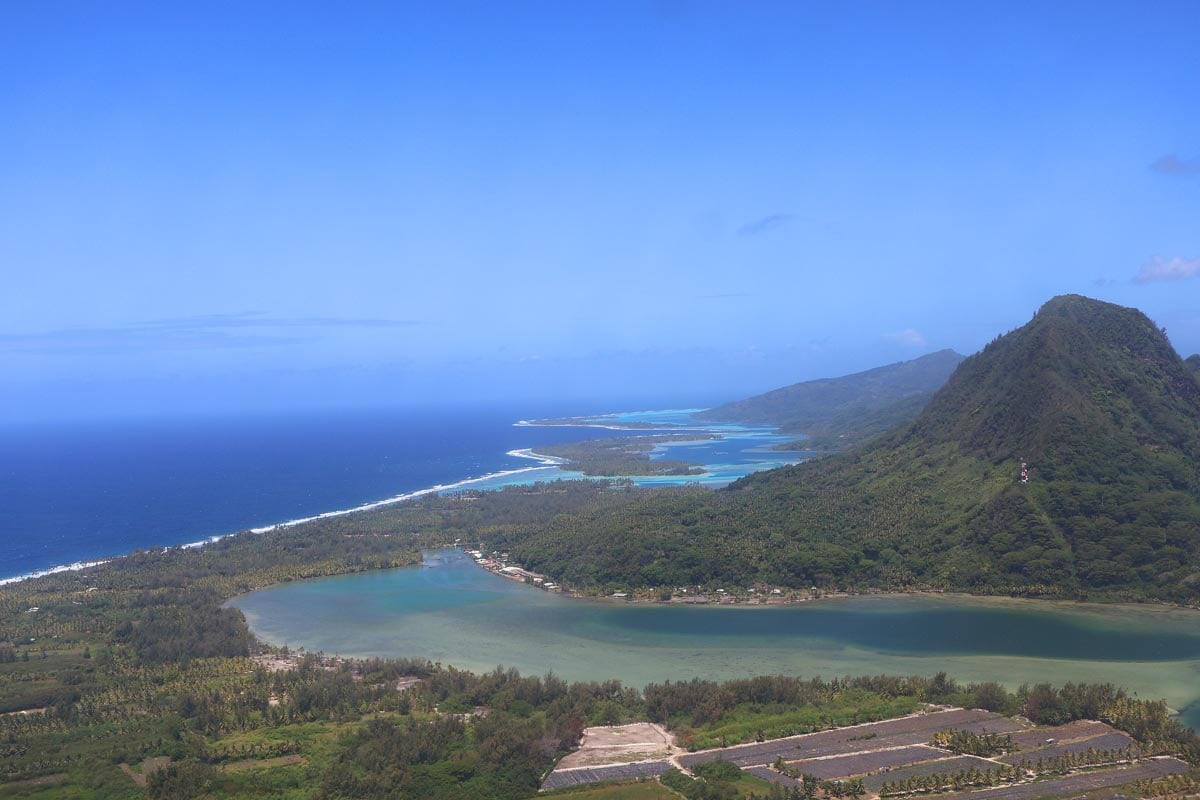
Maeva Temple Complex
Your first real stop will be at the Maeva Marae Complex. Huahine has over 200 ancient Polynesian temples (marae), with over 30 located in and around the small village of Maeva (which means welcome in Tahitian). These ancient temples date back to pre-European times, some thought to be over 1,000 years old.
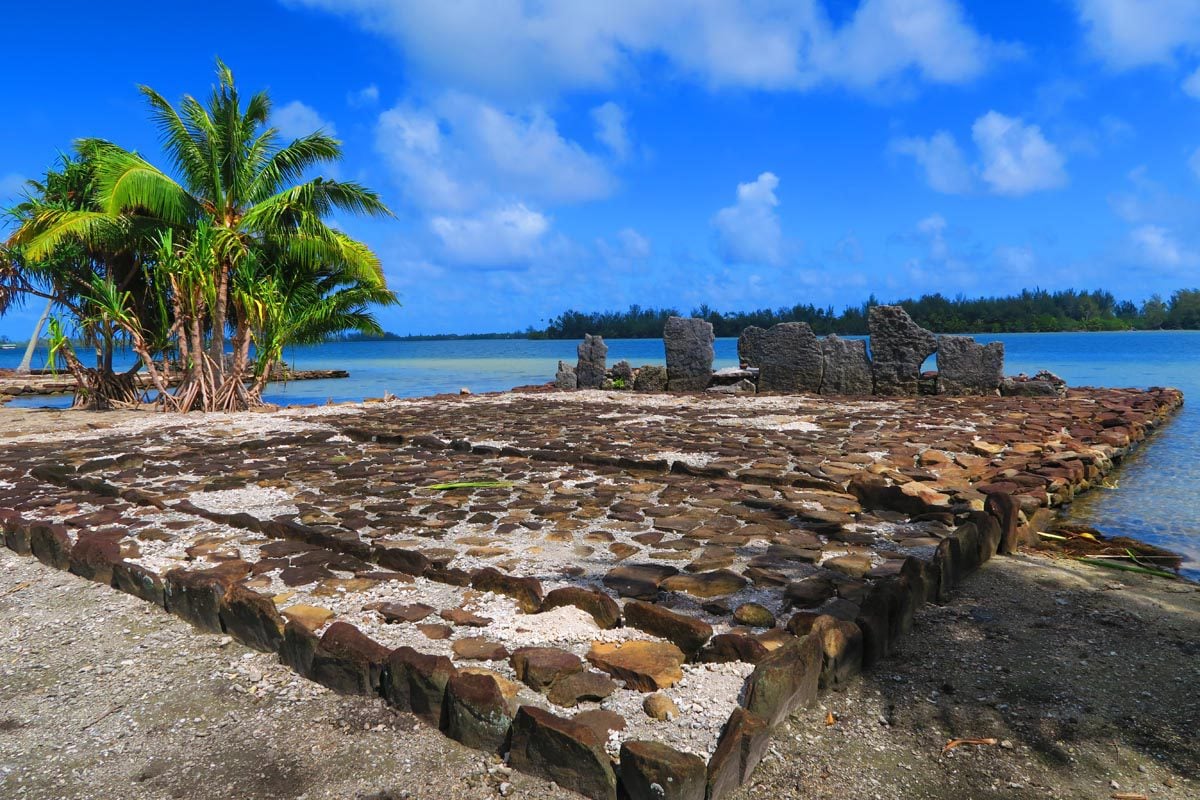
Marae are found across the islands of the South Pacific, but I haven’t come across such a high concentration of temples on a single island. There were three types of marae in existence back in the day: community marae – used for sacrifices and gatherings; marae like Taputapuatea in Raiatea – used for the gathering of key decision-makers from across the Polynesian Triangle; and royal marae – reserved only for the royal family as we’ll soon see.
Strolling around the various marae is like walking along the halls of an ‘open-air museum.’ Just imagine the kind of energy present in this place in ancient times.
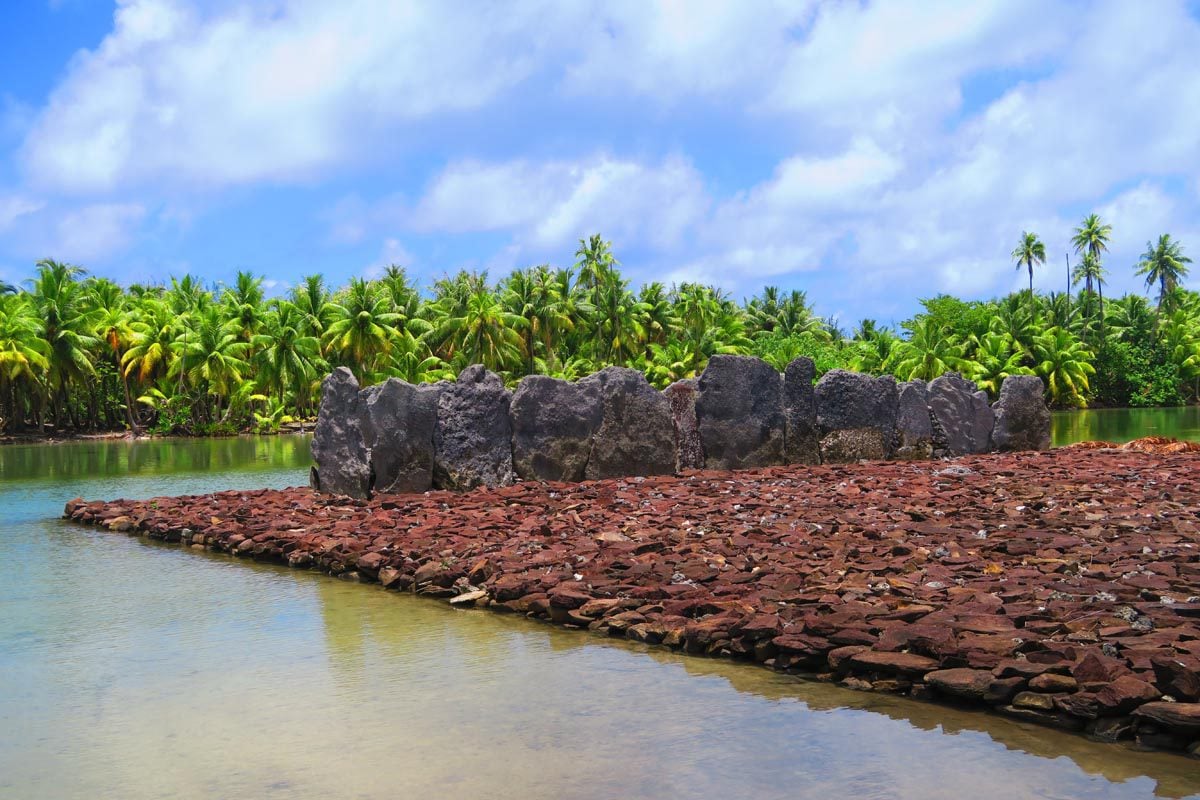
Within the marae complex, you’ll also find Fare Potee, a small museum housed in a replica of a traditional Tahitian home. Inside, you’ll learn about the history of Huahine and get to see traditional artwork.
Matairea Hill Hike
From the marae complex, locate the trailhead leading up to Matairea Hill. This easy one-hour (return) hike is the only one in Huahine that does not require a guide. As you hike through the thick rainforest, you’ll pass by ancient fortification walls and additional marae – completely taken over by nature.
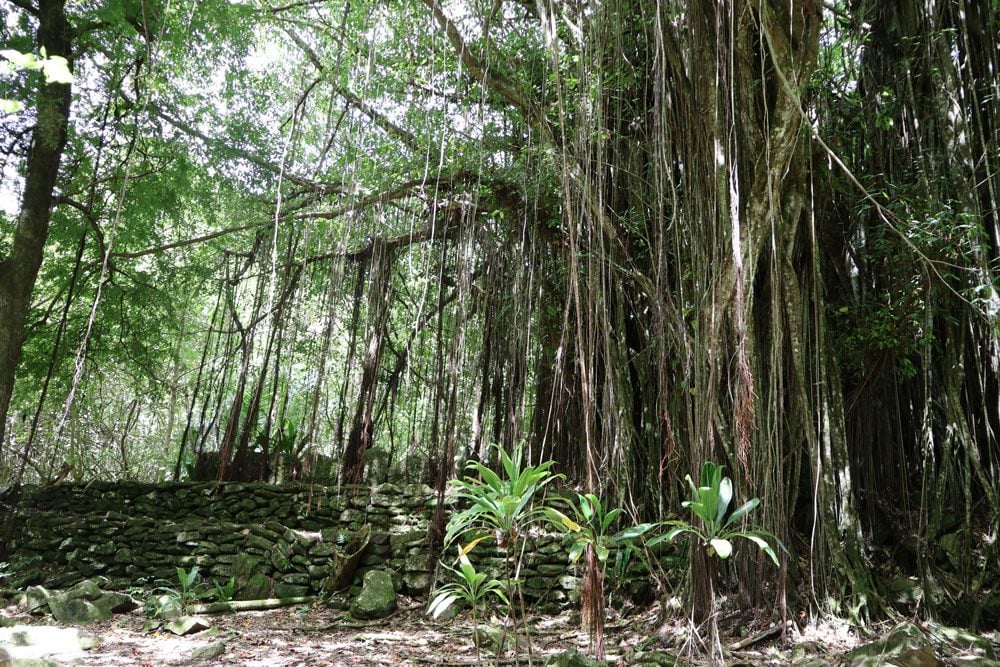
Continue walking all the way to the clearing, and you’ll reach one of the prettiest spots in Huahine. This is the site of one of the temples reserved only for the ancient royal family. It is thought that Maeva was the center of royal life in Huahine, and the temple up on Matairea Hill was a way to get as close to the gods as possible. Whatever the case may be, the view from up here is definitely worth the hike.
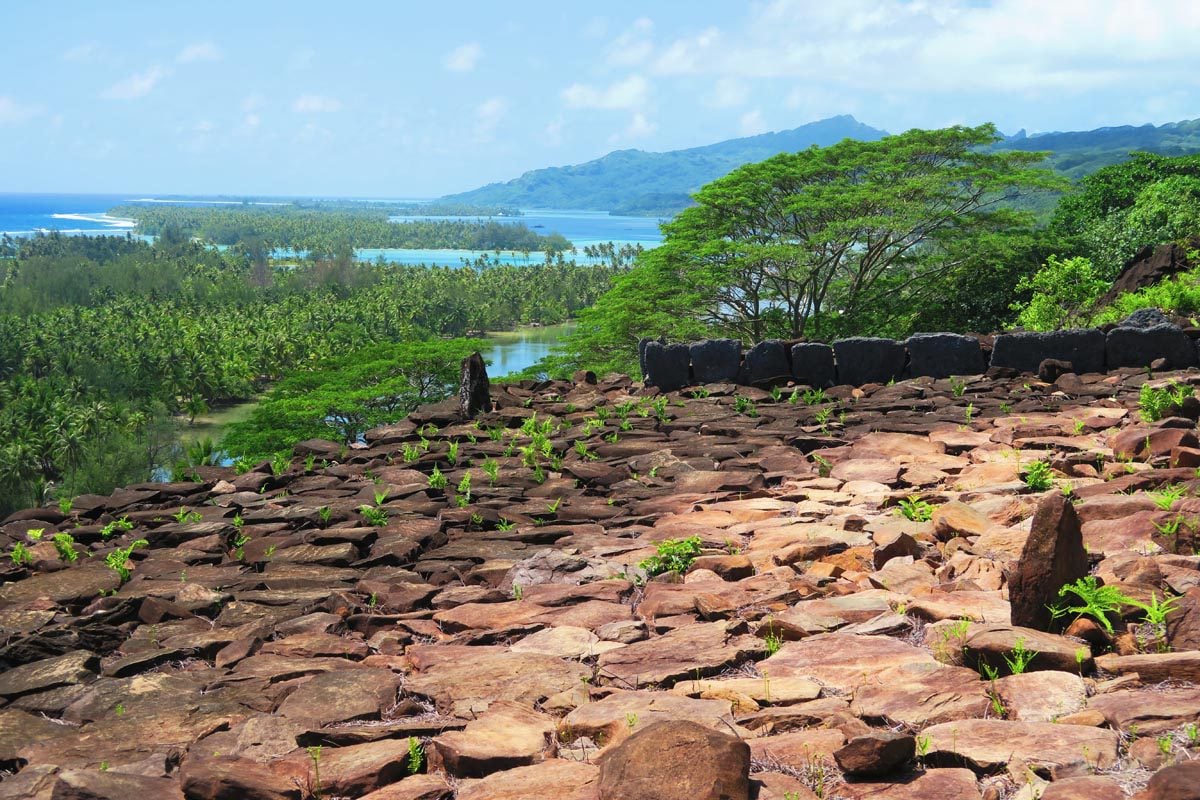
Motu Ovarei
Back on the bike/scooter/car, drive past Maeva Village, and turn left on the bridge to reach Motu Ovarei. In the river beneath the bridge, you’ll find the V-shaped fish traps. These ingenious contraptions were set up hundreds of years ago and are still in use today. The stone traps take advantage of the currents to trap fish and lead them to a circular basin where the only thing left to do is to collect them.
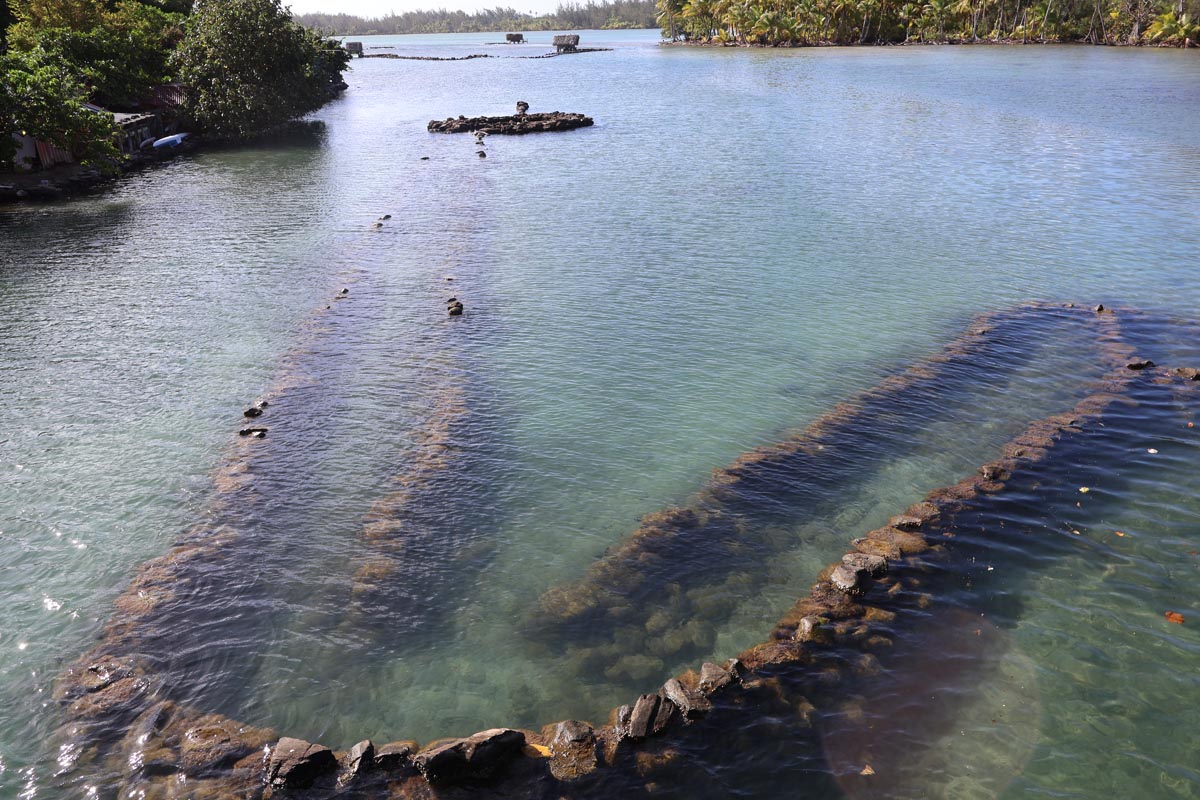
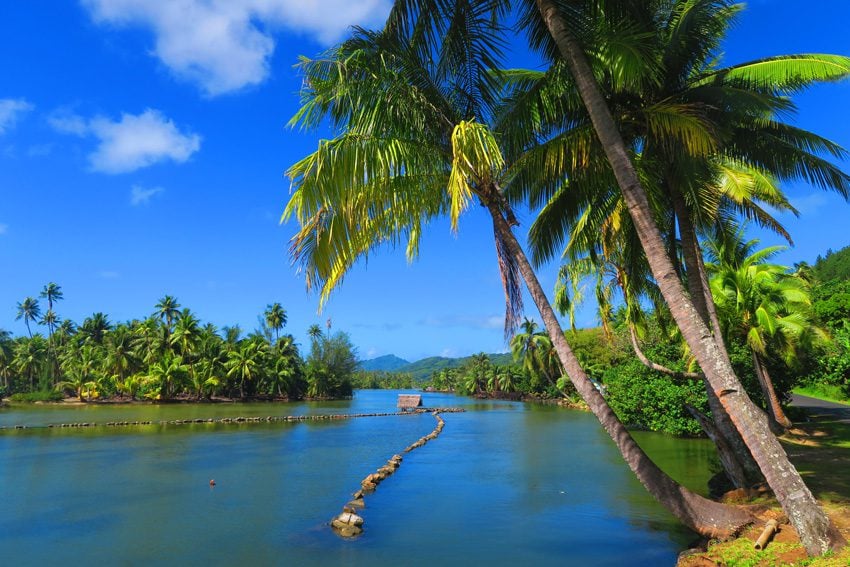
Continue driving past the bridge, and at the intersection, turn right to stay on the sealed road. You are now on Motu Ovarei. After a few hundred meters, you’ll reach Gallery Umatatea. Step inside and say hello to Melanie Dupre. She’s probably busy painting magical scenes from Huahine or perhaps a portrait of her exotic Tahitian partner. Melanie came to Huahine from freezing Ohio back in 1999 and immediately fell in love with the place. She’ll be happy to show you around and sell you some of her prints. They make for an authentic souvenir from Huahine, eternally reminding you of the time you spent in paradise. While you’re browsing, treat yourself to some ice cream. My favorite flavors were taro and coconut!
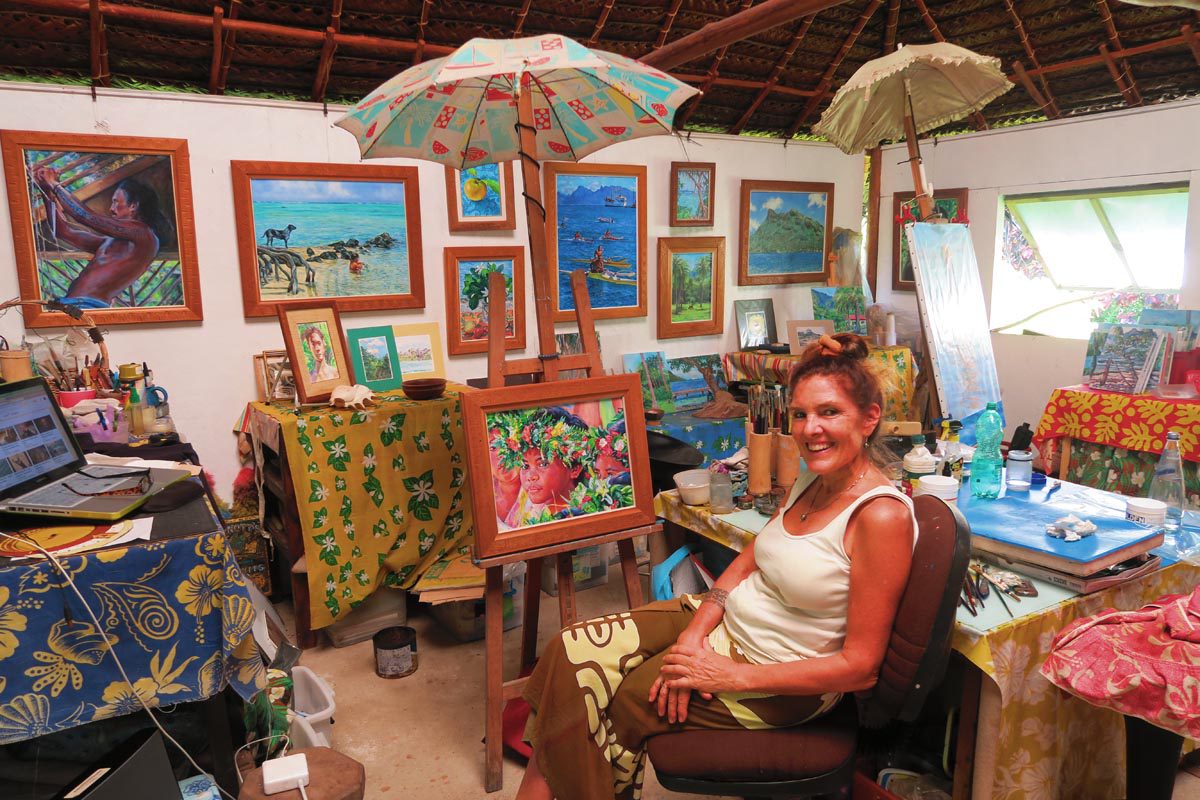
The Coral City
The end of the sealed road leads to the abandoned Sofitel resort. Like several resorts in French Polynesia, it shut its doors post 9/11, when the country’s tourism industry took a blow. These days, the weeds and horses rule the former luxury grounds. It makes for a bit of an eerie scene, but the good news is that you might have the beautiful adjacent beach all to yourself. The beach is a great spot for a picnic lunch if it’s not too windy.
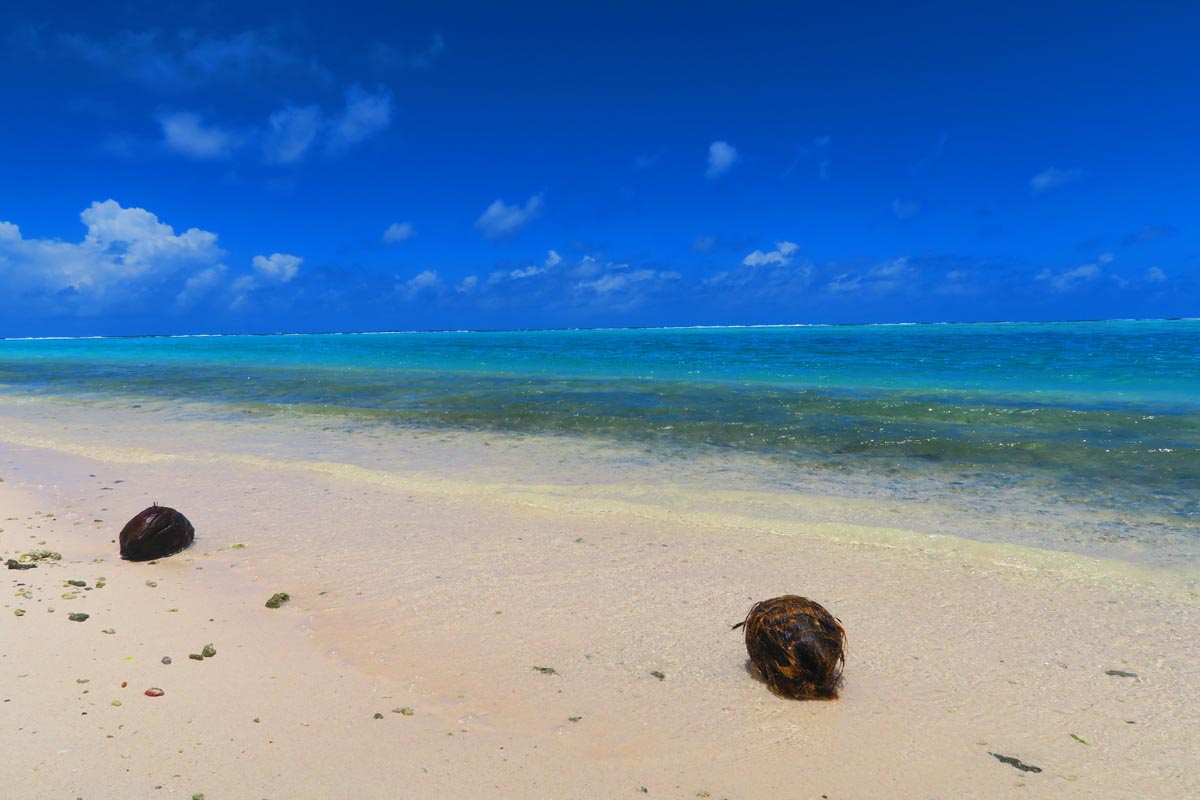
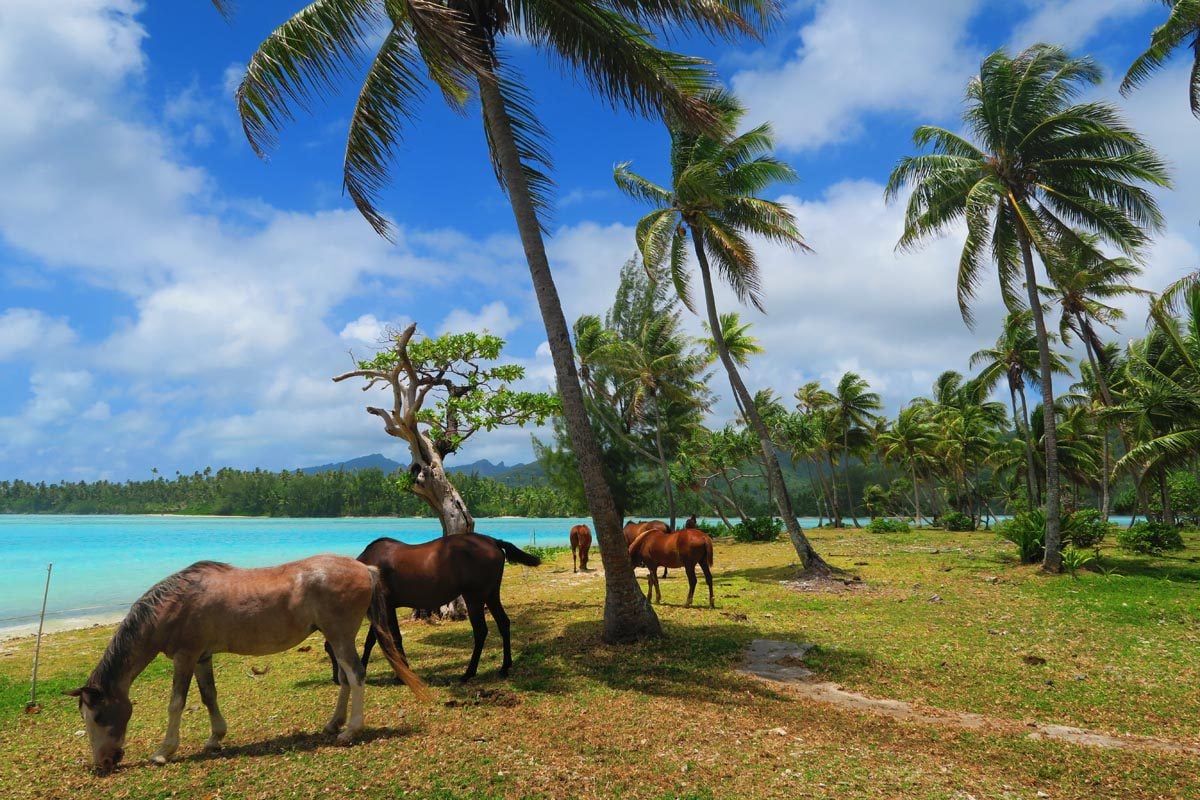
It’s one of those picture postcards of a beach, known locally as ‘la cite de corail’. Why? Because there’s some awesome snorkeling out here. Watch out for the strong currents which could ruin your experience.
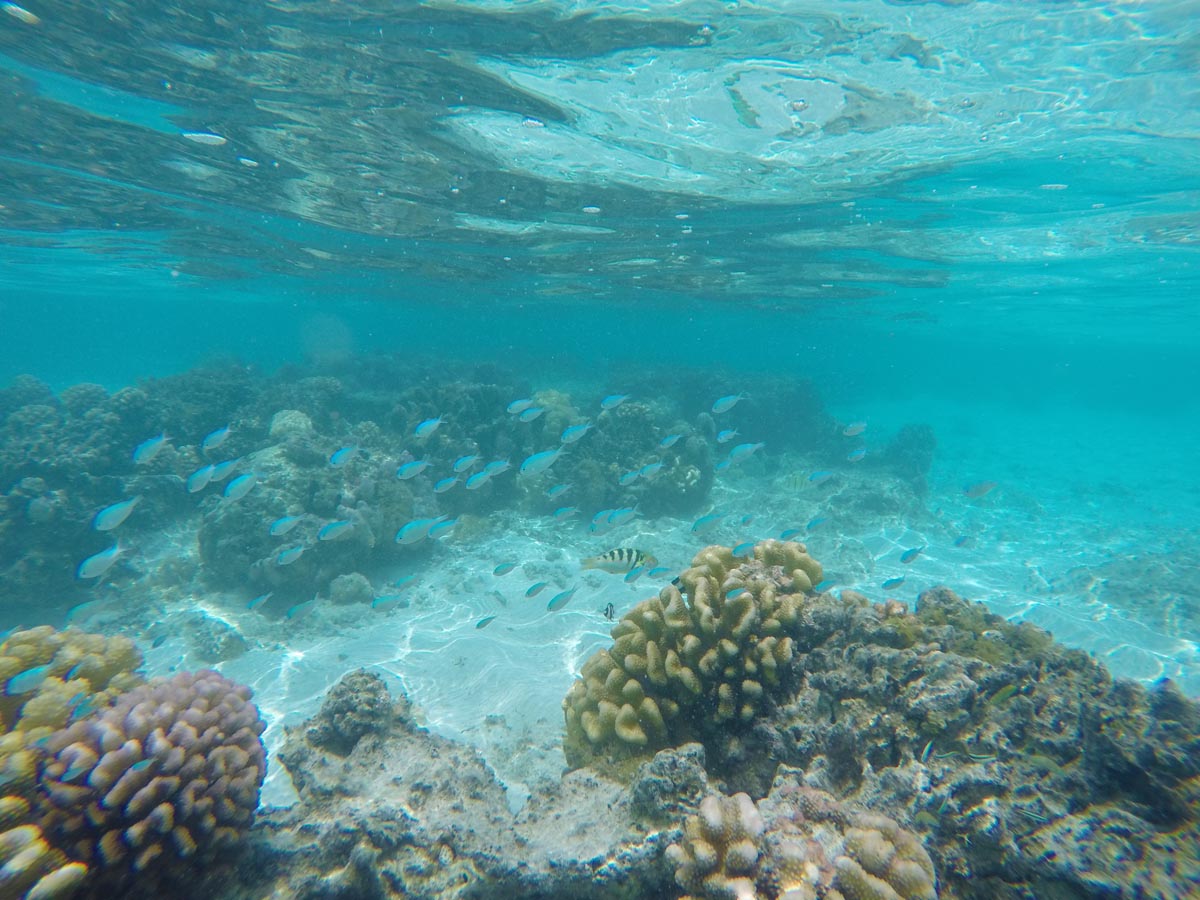
Marae Anunu
Back on the bike, we’ll take a different route back to Fare. Instead of bending left with the road back to the bridge, continue straight along the dirt road until you reach the signposted Marae Manunu on your left (you can’t miss it). This is one of the largest ancient temples on the island, with a wall measuring 2 meters high and 7 meters across. What’s also pretty cool is the beach across the dirt road. It’s wild, pretty, and a favorite spot for locals to do some lobster catching and whale watching (in season).
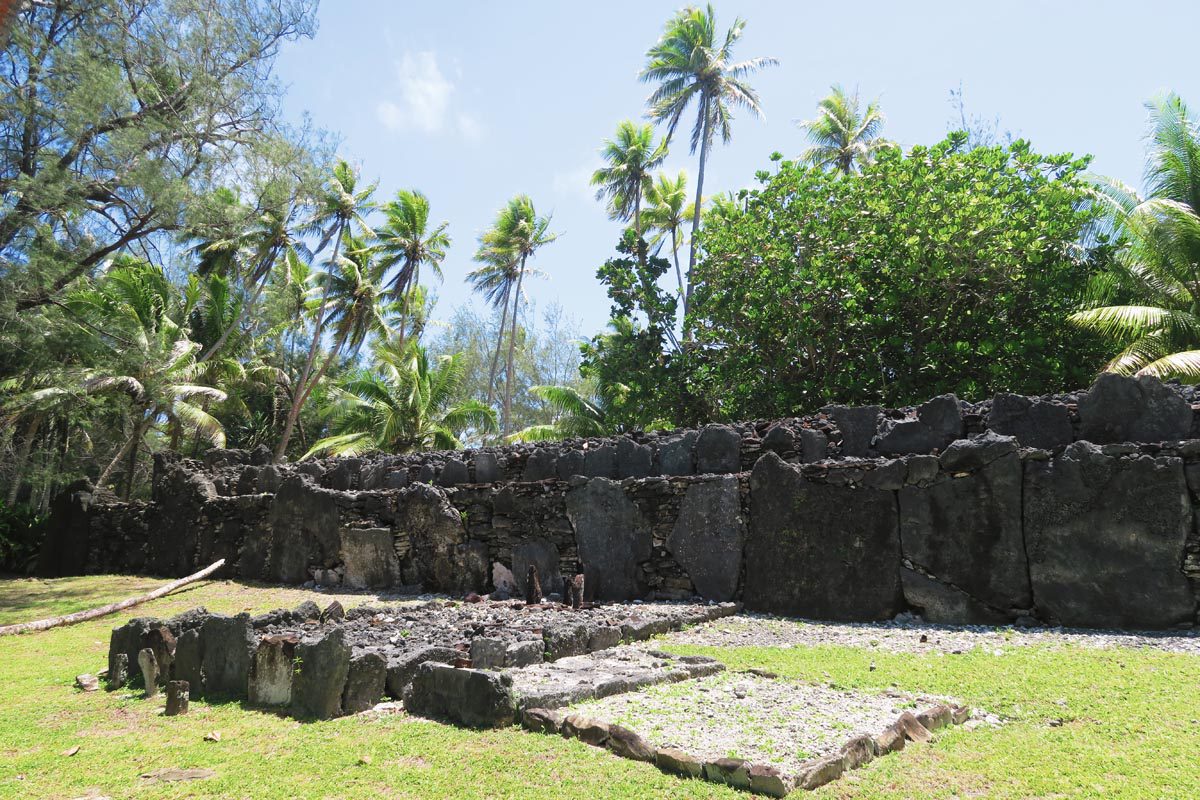
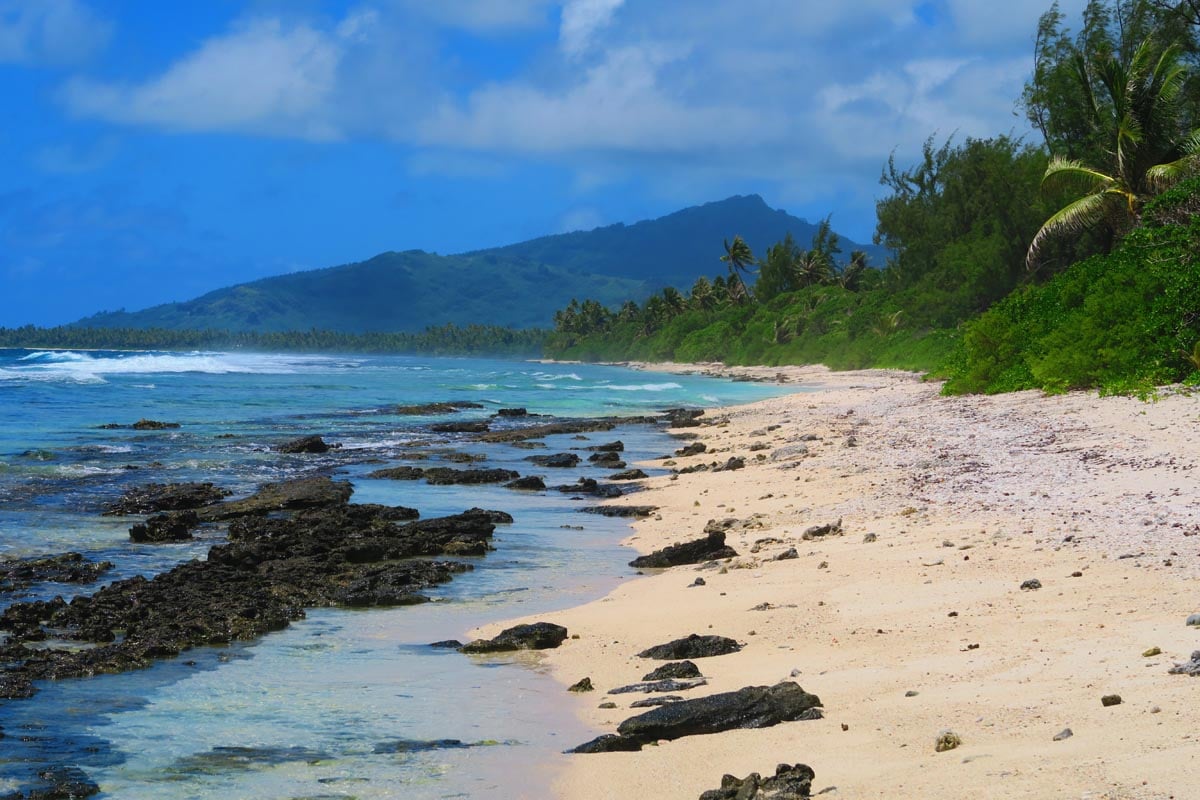
Still on Motu Ovarei, simply continue riding along the main road. It’ll take you through coconut plantations and agricultural fields before terminating at the airport. Join the road from the airport to Fare and finish off this action-packed loop with a cold Hinano beer or a tropical cocktail. You’ve earned it!
If there’s still time, make a quick stop at Motu Tresor. This private museum might be free to enter and showcases an extravagant collection of local shells from the lagoon and the reef.
